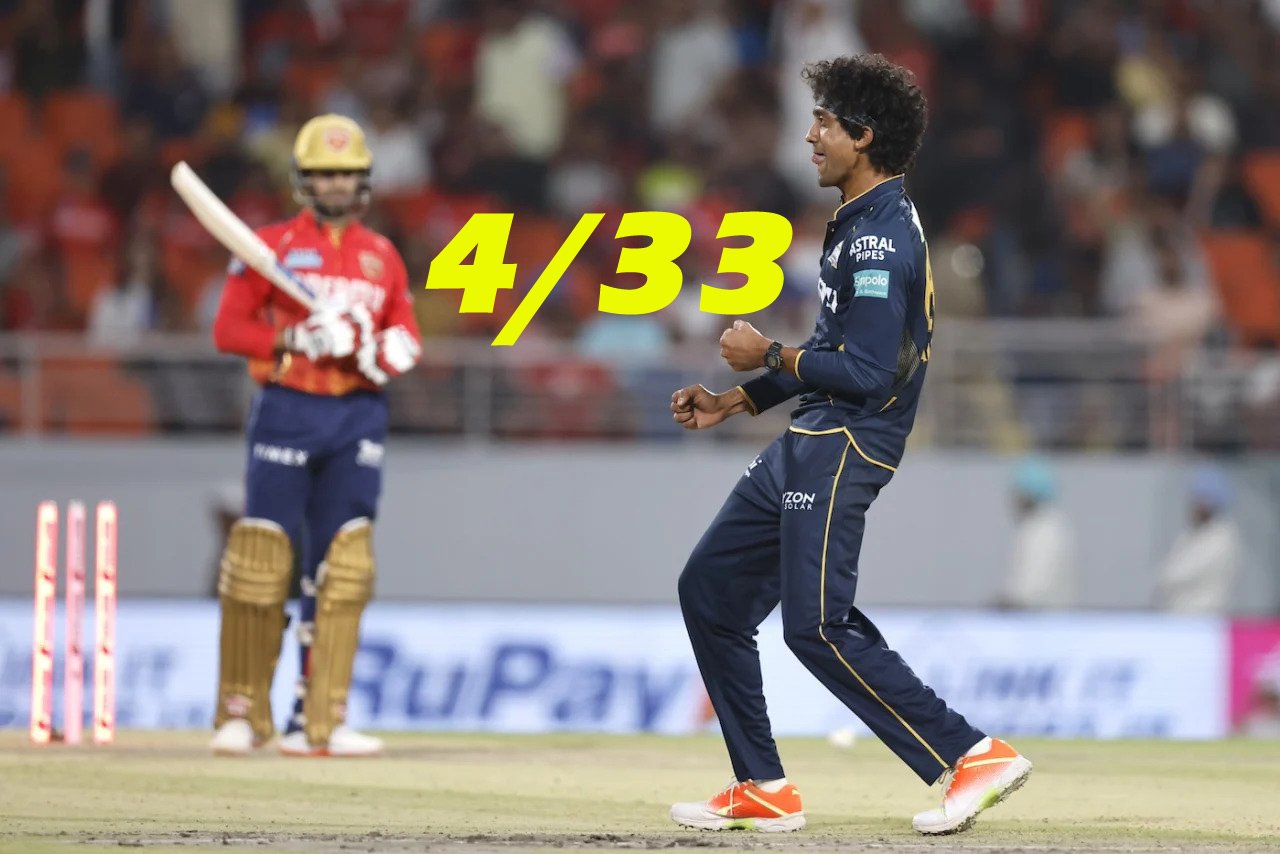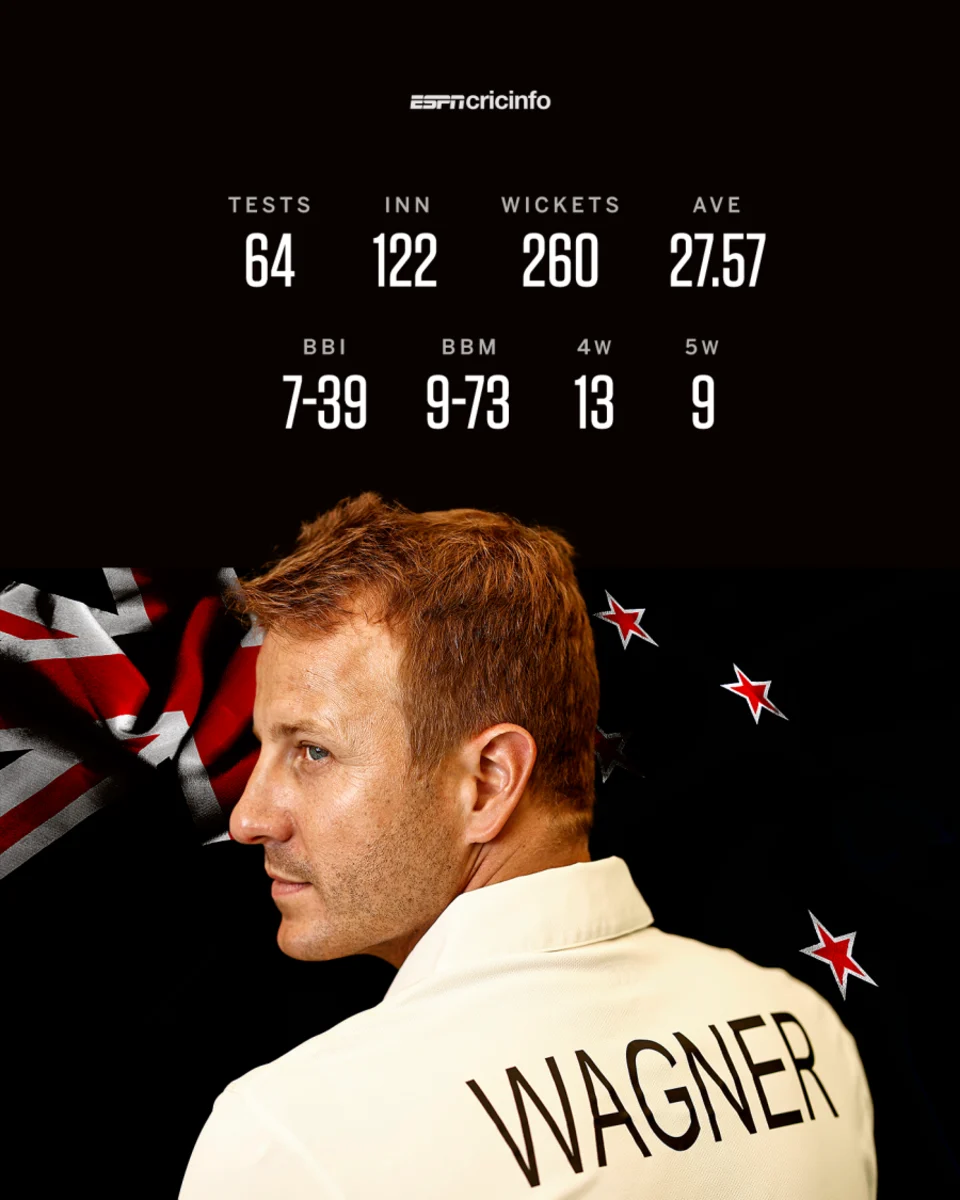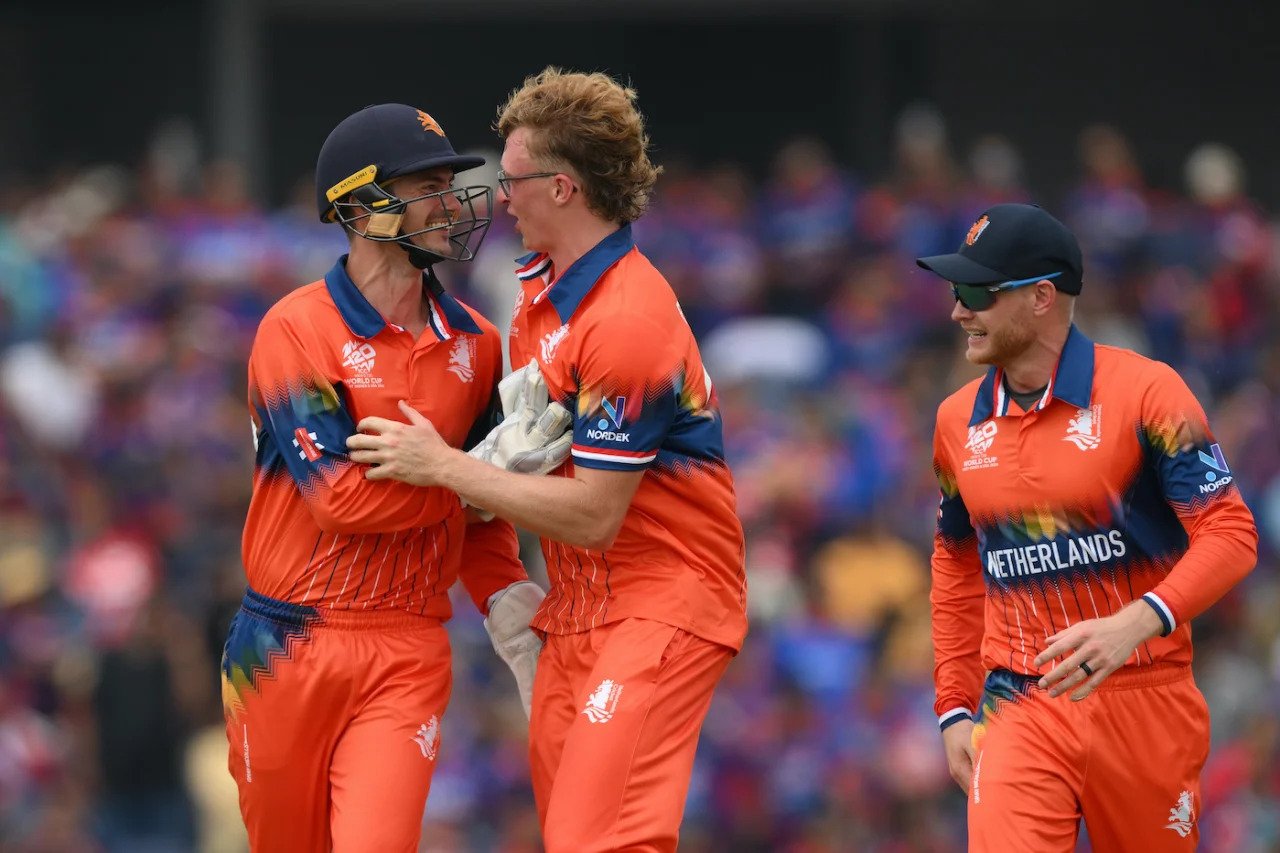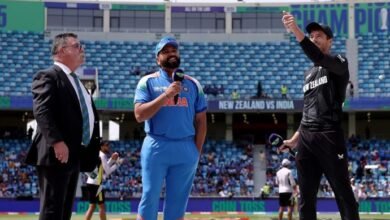AB de Villiers left spectators awestruck as he shattered the record for the fastest century in One Day Internationals (ODIs). His blistering innings, achieved in just 31 balls, surpassed the previous record held by Corey Anderson, set little more than a year ago.
South Africa broke their own record at the Wanderers, scoring 439, four short of the world record total of 443, as AB de Villiers tore up the record books with the fastest century in ODI history, off just 31 balls to surpass the previous quickest set by Corey Anderson off 36 balls little more than a year ago.
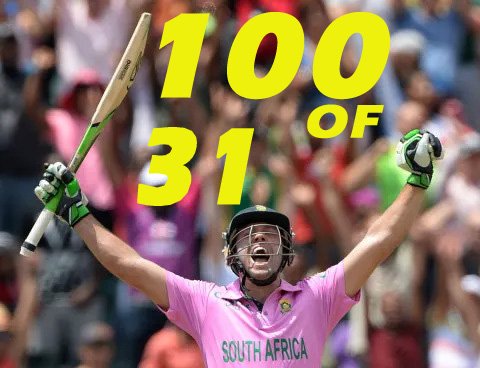
De Villiers‘ century was the third in a massive 247-run opening stand for South Africa, which also featured centuries for Rilee Rossouw (his maiden century) and Hashim Amla (his career-high 153 not out). It was the first time three had been scored in an ODI innings.
De Villiers took an innings that was progressing nicely and turned it into a towering innings in less than sixty minutes. In an ODI innings, he hit 16 sixes, the most by a South African and tied for the most overall. He also dominated a 192-run second-wicket partnership with Amla, which lasted just 67 deliveries and saw runs scored at a rate of 17.12 per over. Amla provided 33 while facing only 30 balls. De Villiers was so dominant.
De Villiers unleashed his entire arsenal of blows, sparing not a single one of the West Indian bowlers. During his toughest examination as a young captain, Jason Holder was most affected by the pull, scoop, lofted drive, and good old slog. Six of his sixes were among the 45 runs that De Villiers scored off of the nine balls that he faced.
The West Indies challenge had ended before Holder could even contemplate a counterattack of his own. While the West Indies lost Chris Gayle in the fifth over and Dwayne Smith and Denesh Ramdin both scored half-centuries, the South African attack was far more difficult to contain than the West Indian one, despite their hopes of repeating their success on the same surface last week when they successfully chased the highest T20 score of 232.
In One-Day Internationals, Jerome Taylor’s 10 overs cost 95, making it the most expensive return for a West Indian bowler. Holder wasn’t far behind. His nine overs yielded 91 runs. Dwayne Smith took a hit as well, concluding with an economy of 17 after an over went for thirty.
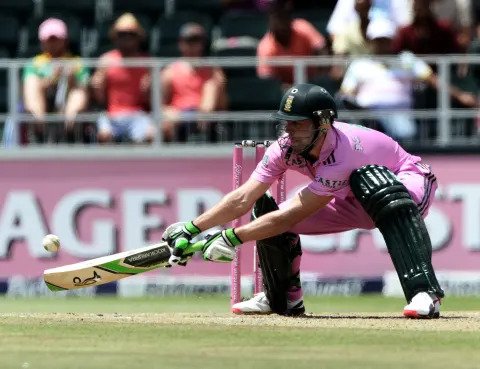
FASTEST ODI CENTURIES IN THE WORLD
|
SL |
NAME |
BALLS |
COUNTRY |
AGAINST |
|
1. |
AB de Villiers |
31 |
South |
West |
|
2. |
Corey Anderson |
36 |
New |
West |
|
3. |
Shahid Afridi |
37 |
Pakistan |
Sri |
|
4. |
Glenn Maxwell |
40 |
Australia |
Netherlands |
|
5. |
Asif Khan |
41 |
UAE |
Nepal |
|
6. |
Mark Boucher |
44 |
South |
Zimbabwe |
|
7. |
Brian Lara |
45 |
West |
Bangladesh |
|
8. |
Shahid Afridi |
45 |
Pakistan |
India |
|
9. |
Jesse Ryder |
46 |
New |
West |
|
10. |
Jos Buttler |
46 |
England |
Pakistan |
In contrast, Dale Steyn and Morne Morkel showed how to play on a batsmen-friendly pitch as their 10 overs yielded just 29 runs and 43 runs, respectively. In the end, West Indies’ innings lacked the same structure as South Africa’s since they bowled quickly and exploited the short well.
Both Rossouw and Amla were cautious in the beginning, with Rossouw taking advantage of Amla’s endurance to orchestrate a much-needed blow. Rossouw had a yo-yo start to his international career, collecting more ducks than starts—more than he could count on one hand. A century will change all that. Five noughts would not have given the man who might be assigned to open in the World Cup if Quinton de Kock is not fit at the beginning confidence.
Also Read: Ricky Ponting: A Legendary Cricket Career
Also Read: James Anderson Reflects on 700 Test Wickets
Following a successful testing phase in which he was dismissed for LBW after successfully reviewing a ball that he had bottom-edged off Sulieman Benn, Rossouw demonstrated his talent off the backfoot with a variety of powerful pulls and a strong sense of timing and placement. While Rossouw settled in, Amla kept the scoreboard ticking over, and South Africa reached 100 in 20 overs before they started to pick up speed.
Samuels supported them in this endeavor. In the five overs between 20 and 25, South Africa got 41 wickets and won the Powerplay two overs later. Twelve runs were scored in his first and third overs. With fielding limitations in place, Benn applied pressure, and South Africa managed just 29, but the opening stand remained intact and both batsmen were getting close to hundreds. Amla’s wicket came three deliveries later, off 103, after Rossouw’s came first, off 102 balls.
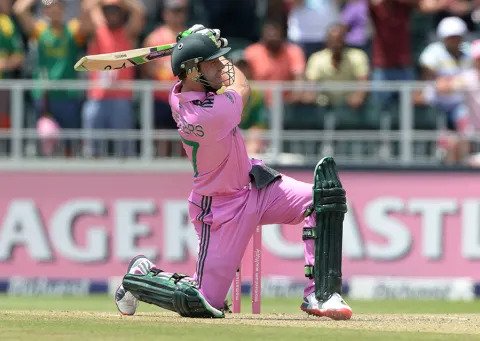
Not only was it the 35th over, but more concerningly for the West Indies.
Not long later, Rossouw chipped a catch to mid-off, bringing de Villiers and mayhem to the crease. De Villiers established a platform at No. 3 and used it to force West Indies to change their lines, lengths, and strategies. Before he raced to 100 after facing just 15 more balls, his 50 came up in 16 balls, setting the first world record. West Indies had fewer answers the harder he struck, and they were unable to find any more in the second half.
Gayle attempted to quicken the speed of the pursuit, but he mishandled a draw early on and ran out of luck. Although he had to move quickly, Farhaan Behardien made a good catch to immediately reduce the West Indies’ already modest prospects. They finished nine runs shy of 300, which under different conditions might have been a respectable total, but at least they did not fold.
However, in contrast to the de Villiers display, South Africa stole the show as they took center stage and, best of all, looked stunning in pink. It was the third game held in the nation to raise awareness of breast cancer, and South Africa has won each one thus far.

